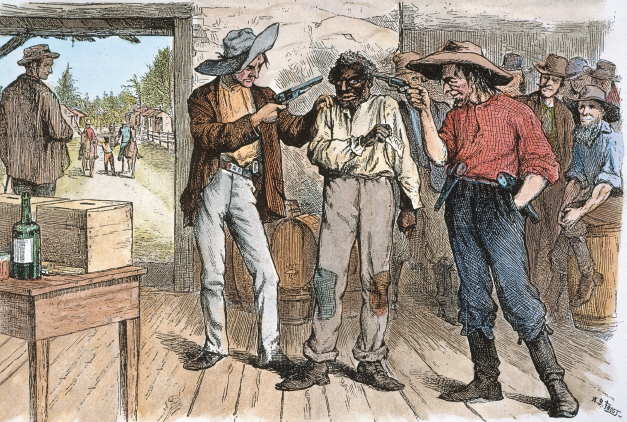Why did reconstruction collapse?
Printed Page 476

CHRONOLOGY
1868
- – Ulysses S. Grant is elected president.
1871
- – Ku Klux Klan Act.
1872
- – Liberal Party is formed.
- – President Grant is reelected.
1873
- – Economic depression sets in.
- – Slaughterhouse cases.
- – Colfax massacre.
1874
- – Democrats win majority in House of Representatives.
1877
- – In the disputed presidential election of 1876, Rutherford Hayes is declared the winner.
BY 1870, after a decade of war and reconstruction, Northerners wanted to put “the southern problem” behind them. Practical business-minded men came to dominate the Republican Party, replacing the band of reformers and idealists who had been prominent in the 1860s. Civil war hero Ulysses S. Grant succeeded Andrew Johnson as president in 1869 and quickly became an issue himself, proving that brilliance on the battlefield does not necessarily translate into competence in the White House. As northern commitment to defend black freedom eroded, southern commitment to white supremacy intensified. Without northern protection, southern Republicans were no match for the Democrats’ economic coercion, political fraud, and bloody violence. One by one, Republican state governments fell in the South. The election of 1876 both confirmed and completed the collapse of reconstruction.